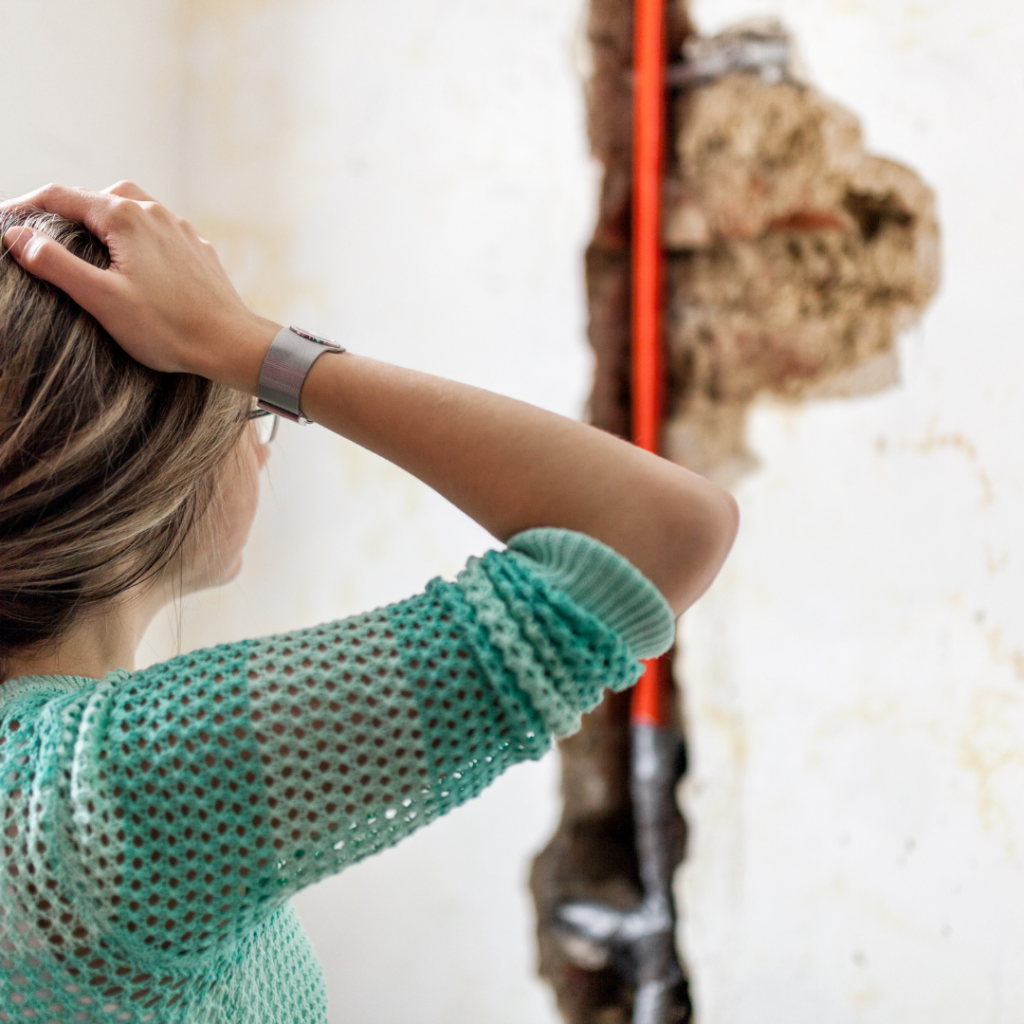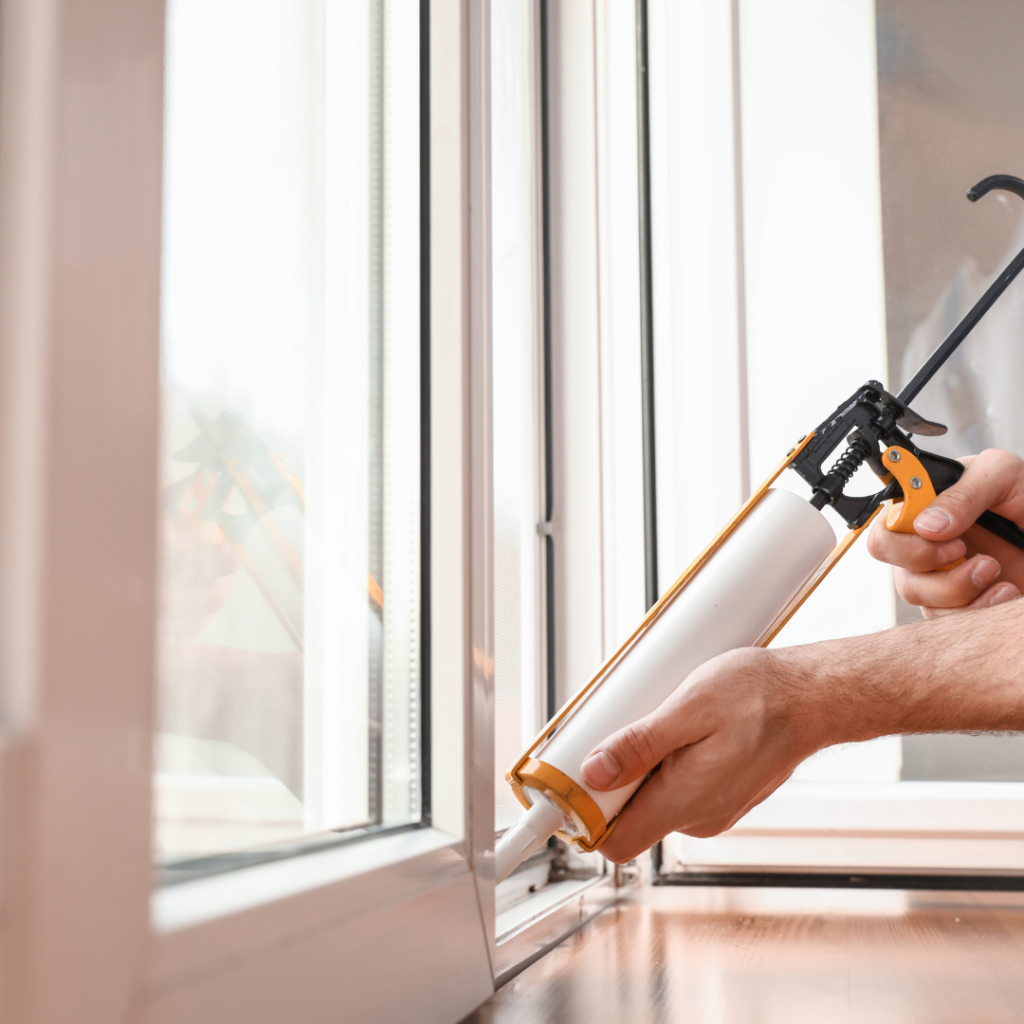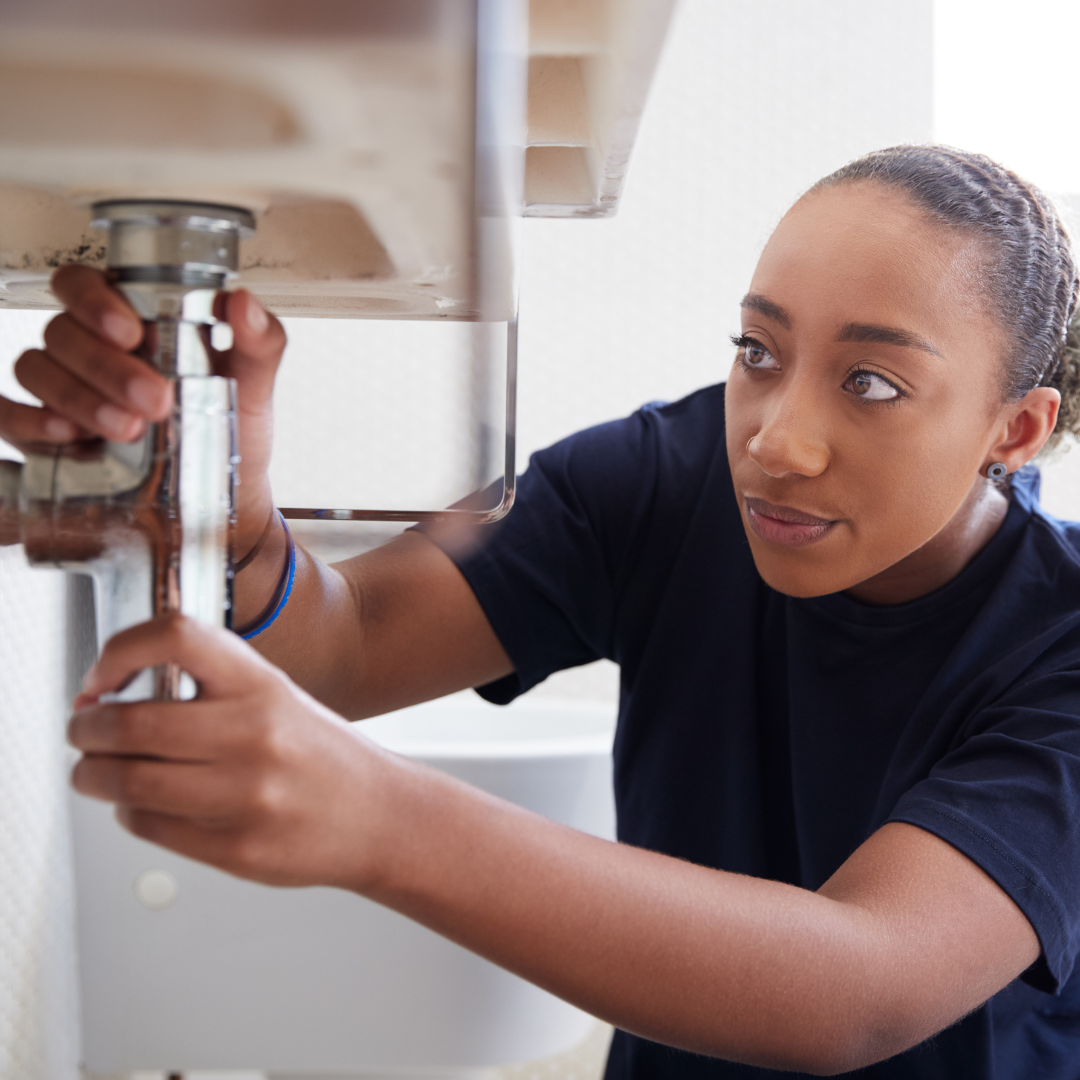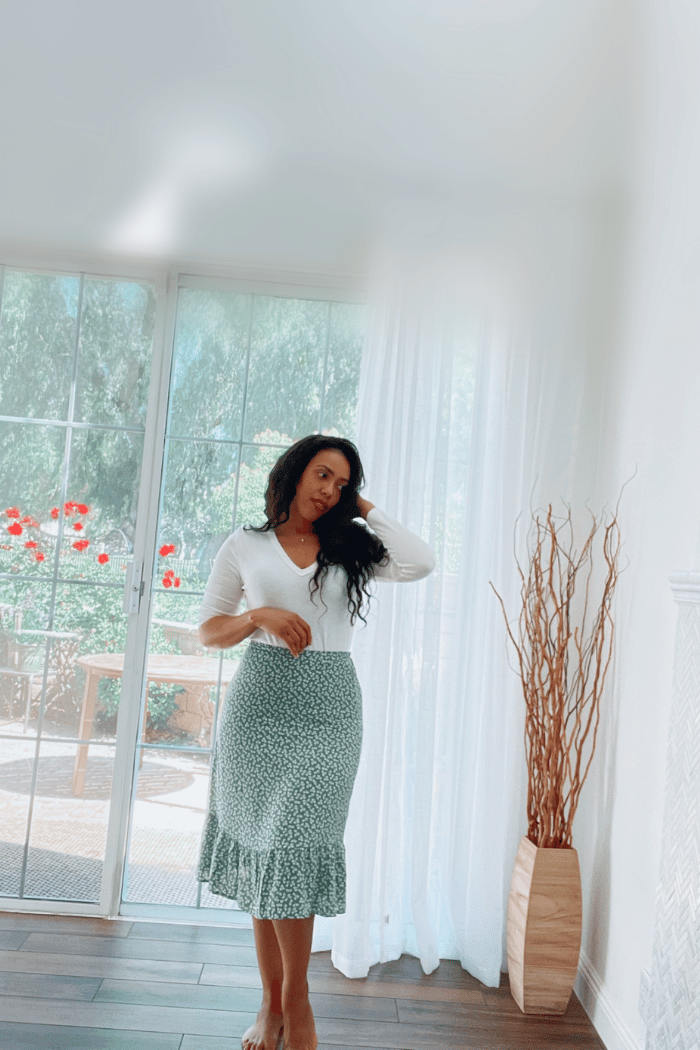Keeping Your Home Leak Free
Home ownership comes with its fair share of headaches, for sure, but here’s the thing; most home headaches can be avoidable most of the time, and this is just as true of leaks as it is anything else.
That being the case, let’s take a look at a few simple things you can do to keep your home leak-free.

1. Install Gutter Guards
If you do only one thing, make it installing gutter guards. Why? Because if we’re honest, most of us do not get up there and unclog the gutters as much as we should, and this can lead to waterfalls cascading down and penetrating your home.
This can cause not only leaks, but also roof damage and problems with your foundations.
With gutter guards, not only will you have to make an effort to get up and clear the gutters, but you will not have to worry about any of this stuff happening either. Simple.
2. Seal Those Windows and Doors
You know that little draft you feel near your windows? Yeah, that’s more than just a breeze—it’s a potential leak waiting to happen.
Over time, the seals around your windows and doors can wear down, creating gaps where water can sneak in. And once that happens, you’re in for some serious damage.
To avoid a watery mess, grab some caulk and weatherstripping, and seal up any gaps around windows and doors.
This will not only keep rain out but also improve your home’s energy efficiency, keeping your house cozy in the winter and cool in the summer. Bonus: no more drafts making your toes cold!

3. Check Your Roof for Trouble Spots
Your roof is your home’s first line of defense against leaks, so it pays to keep an eye on it.
You don’t have to be a roofing expert to spot potential problems—just grab a pair of binoculars and do a quick check from the ground (or call in a pro if heights aren’t your thing).
Look for cracked, missing, or damaged shingles, as well as any sagging or discolored spots that could indicate water pooling.
If something looks off, don’t wait—get it fixed before a little drip turns into a major leak.
4. Clear Out Downspouts and Drains
Speaking of water flow, make sure your downspouts and exterior drains are clear and free of debris.
Blockages in your drainage system can cause water to back up and leak into your basement or crawl space. Make it a habit to check these areas, especially after heavy rain or windstorms, and clear out any clogs.
If you really want to avoid the hassle, consider extending your downspouts further away from your house. The further you direct the water, the less chance it has of finding its way into your home.
5. Slope Your Landscaping Away from the House
One often overlooked cause of leaks and water damage is the landscaping around your home.
If the ground slopes toward your house, rainwater is essentially being funneled right into your foundation—and that’s a recipe for disaster.
Over time, all that water pooling near your home’s foundation can seep in, causing cracks, leaks, and potentially expensive structural damage.
To avoid this, make sure your yard slopes away from your house, creating a natural flow for water to drain off properly.
If your yard already slopes the wrong way, adding some extra soil or installing drainage systems can help fix the problem.
You can even incorporate stylish landscaping features like retaining walls to keep the soil in place while directing water away. It’s a win-win: better drainage and better curb appeal!
Here’s to a cozy, fry, leak-free home!
You May Also Like
Personalized Filtration Systems: The Power of Custom Air Filters
3 Garden Essentials to Make Your Green Space Stand Out
How much Does A Balloon Arch Cost?







